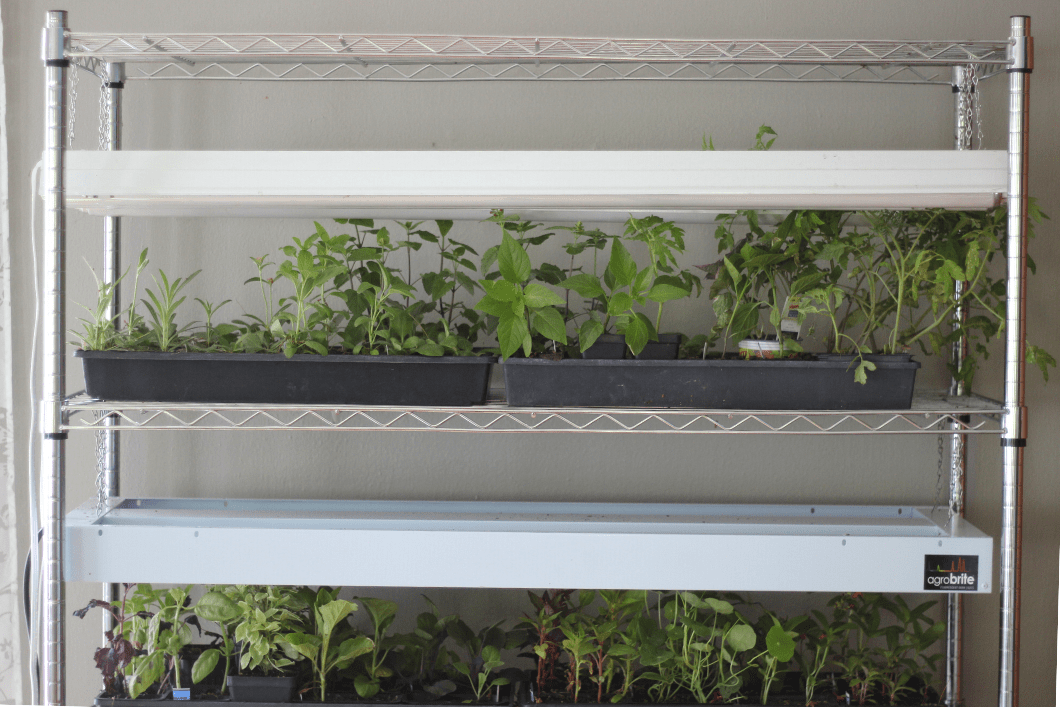

*Lux levels Source: Lighting Indoor Houseplants - University of Missouri Thank you to our wonderful house plant fans for their tried and tested grow light methods and recommendations. This is where a light meter will be useful using the lux measurement as a guide. High light plants 10,000 lx and over (for example cacti and succulents)ĭistance - on the whole LED grow lights should be positioned about 12 inches away from plants, but the distance will depend upon the wattage of the bulb, the type of plant and it’s light intensity requirement, and the ambient light in the room. Medium light plants 3,000 - 8,000 lx (for example Ficus, Pilea, Peperomia) What color light is best for seedlings Blue light with a Kelvin temperature of 5000K to 6500K or wavelength in the 400-500 nanometer range should be applied during the vegetative stage of the growing cycle and when beginning seeds indoors. Low light plants 500 - 3000 lx (for example Sansevieria, ZZ will tolerate low light, but will grow better in medium light) The Best Color Spectrum for LED Grow Lights. Thankfully, a high level of precision isn’t necessary to figure out what color light is best for seedlings. Colors like 465 and 470 would look pretty much the same to us but they’re actually different colors. But it is the best and most common system we have right now for evaluating grow lights. The wavelength of blue light is between 450-495 nanometers. Lux (lx) - a measure of the amount of light over a surface area - this is a useful way to measure how effective your grow light set-up is. Since it only looks at the main visual spectra (400-700 nm) and ignores near UV and near IR, it misses some wavelengths that plants can use. For good foliage and root growth a cooler colour light with a kelvin rate of around 6500k is optimum. Lower K numbers are warmer more red coloured lights (good for stimulating flower growth), higher K numbers are cooler more blue coloured lights. Kelvin - Light bulbs will often be rated with a K number, this is the measure of the colour of light.

Light-Emitting Diode (LED) lights: For efficiently. Plants grown under lights indoors need more hours of light than the same plants do outdoors.

LED bulbs are more energy efficient with a lower wattage, and will last longer than incandescent bulbs with higher wattage. Despite this, they are widely used in plant nurseries and large-scale grow houses because of their raw power. To be most effective, each light should be a specific distance from the plants: Fluorescent lights should be 3 to 12 inches above the tops of the plants HID s, 24 to 60 inches and LED s, 12 to 24 inches. Watts or wattage (W) - the amount of power which a piece of electrical equipment uses.


 0 kommentar(er)
0 kommentar(er)
